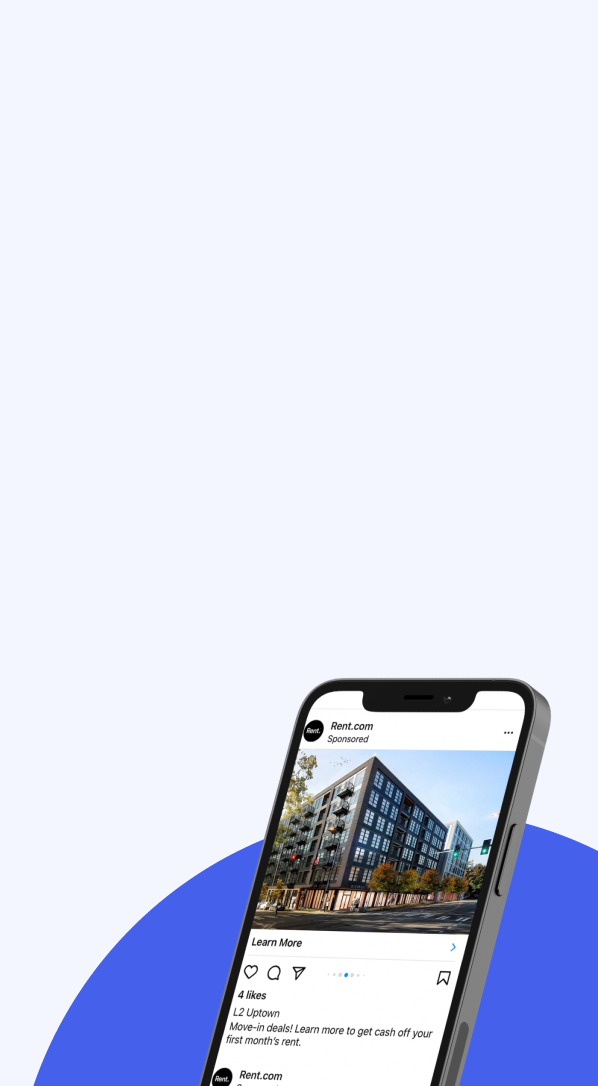The new marketing landscape for property owners and operators is digital first. Pre-2020, almost every renter started their search online, whether that was through Google or directly to an ILS. However, apartment searches were still a hybrid experience. Renters balanced the initial online research phase with in-person research, visits to the property site and communicating directly with leasing staff.
“With Covid, that changed. The digital journey extended well past the marketing cycle, past the research phase for a renter,” shared Taylor Fulton, Senior Product Manager at Rent. in a webinar hosted by the NAA Education Institute. “Now, renters are taking tours directly online. They’re often filling out applications online and, more frequently, they’re signing leases sight-unseen.”
In the webinar, “Three Ways to Renovate Your Rental Housing Strategy,” Fulton shared success formulas for property marketers that address new challenges. Diving into three major areas for multifamily marketing, he covered how to determine the right channels, reduce waste with data-driven campaigns, and ensure FHA compliance without sacrificing results.
Choose the right channel mix for each property you manage.
Renters usually see your listings, property website, social pages, reviews and more–all before stepping foot on the property. This digital-first journey can quickly disqualify properties that don’t manage all channels consistently. “That’s kind of the brutal truth of it. Your website and digital experience alone can make or break a lease at the end of the day,” shared Fulton.
When crafting your digital marketing plan, Fulton recommends using four guidelines to decide on and optimize your tactics. Make sure you:
- Highlight your property’s unique selling points.
- Anticipate and answer common renter questions.
- Reduce friction in the renter journey from attracting leads to engaging and closing.
- Optimize for tours, whether that’s providing virtual tours or seamlessly booking appointments.
These actions can help multifamily marketers narrow down the most effective options for their property’s specific audience and needs. Property class, seasonality, owner objectives, market and more factors all impact the success of your marketing plan. But there are general success formulas based on property type that teams can use as a head start. Fulton shared these formulas for new builds & luxury properties, Class B & C properties, and senior housing.
Build awareness early for luxury properties and new builds.
For luxury and new construction, you need to amplify the property’s brand early on. Fulton shared that starting early with a strong, diverse channel mix will yield greater results long term.
“One mistake that I commonly see is that we start the marketing process too late, and all the sudden there’s this rush to drive awareness and drive leads. So, it’s super important, especially for new builds, to start your marketing plan early,” he shared.
This gives marketing teams time and flexibility to generate interest, bolster their lead count and refine their strategy over time. “Drive top-of-funnel brand awareness traffic so by the time you’re ready to start leasing, or you need to lease up, you already have an audience within the top of your funnel that you can pull from towards applications and leases,” Fulton said.
Be selective and focus on renewals for Class B, Class C and other property types.
Where luxury and new builds require a broad toolset in your marketing mix, other property types thrive with a more focused approach that maximizes limited budgets. Common channels that fit into the success formula for these property types include paid search and social, website optimization and SEO.
“For other types of property types and classes, you’re probably not going to have the same type of budget and marketing strategy that you have with higher-end or new build properties. What that means is you’re going to have to be smarter and more efficient. You’ll be focused on fewer channels. Do fewer things but do those things better,” said Fulton.
Prioritizing renewals and referrals can also help owners and operators avoid dropping occupancy rates. Fulton says, “In this case, you might shift a lot of your marketing budget away from advertising and into renter & renewal marketing, and marketing operations in general. Ensure that you have a fantastic renter experience so they stay for a long time and you’re not constantly having to fill units and trying to hit your mark in terms of occupancy rate.”
Retargeting, display and Facebook advertising are well suited to senior housing.
The search journey for senior housing can be much longer than other renter leasing lifecycles. This is because seniors often seek housing where they will stay longer term and prioritize health amenities like assisted living and having medical practitioners on staff. This can take more care in the decision process and creates more opportunity for marketers to actively reengage leads long term.
Fulton also noted the most effective channels for senior housing, “We’re seeing seniors much more engaged on platforms like Google and Facebook. Display campaigns are actually really effective here. If you’re able to tag your website and retarget traffic back through display ads, those typically have a high conversion rate. But with seniors especially, they drive and engage users back to the website at an even higher frequency.”
Reduce waste with data-driven campaigns.
Across all digital channels, the future of multifamily marketing will be strongly rooted in effective targeting and access to first-party data. This is a result of recent and expected changes to privacy regulations.
“What’s happening is that platforms like Apple, Google and Facebook, are finally being more reactive to the pressures of privacy. For instance, Apple stopped tracking users across app earlier this year. It’s all opt-in. What that’s basically done is shrunk that third-party tracking ability from everybody to 3-5% of users. So, marketers are struggling because they can no longer reach the targeted audiences they once could.”
Fulton recommends proactively gathering first-party data and understanding where your team might need additional support. The most common tactic is with property website retargeting through ads on Facebook, display, Google PPC, etc. But marketers can also collect first-party data through email, text messages, push notifications, social media data and product interactions—as well as offline and point-of-sale data.
“As marketers, we’ve seen all of this coming. Some of it is happening now. Some of it is happening in a couple years. We really need to shift now and not later to a first-party data model. You can take the first steps and start gathering first-party data from your own websites, from your own apps and renters. But the problem is going to be with scale,” Fulton continues.
“So, there are companies like Rent. out there that have a lot of first-party data because they have a lot of renters visiting their sites and platforms. If you’re able to partner with those types of companies, it’s going to allow you to extend your access to data quite a bit.”









